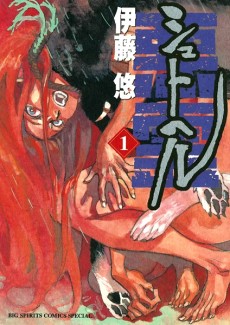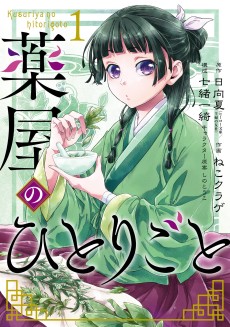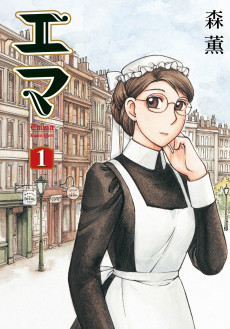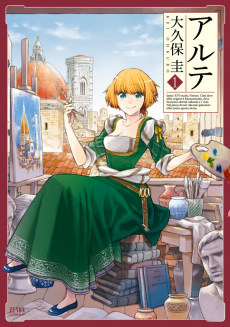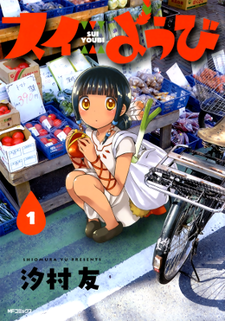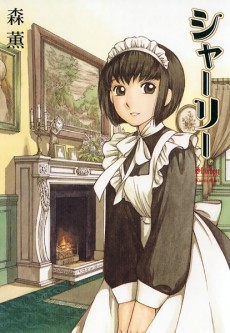OTOYOMEGATARI
STATUS
RELEASING
VOLUMES
Not Available
RELEASE
Invalid Date
CHAPTERS
Not Available
DESCRIPTION
A Bride’s Story tells the tale of a beautiful young bride in nineteenth-century Asia. At the age of twenty, Amir is sent to a neighboring town to be wed. But her surprise at learning her new husband, Karluk, is eight years younger than her is quickly replaced by a deep affection for the boy and his family. Though she hails from just beyond the mountains, Amir’s clan had very different customs, foods, and clothes from what Karluk is used to. As the two of them learn more about each other through their day-to-day lives, the bond of respect and love grows stronger.
(Source: Yen Press)
Note: Won the Prix Intergénérations ("Intergenerational Award") at the Angoulême International Comics Festival in 2012 and the 7th Manga Taishou award in 2014.
CAST

Amir Halgal
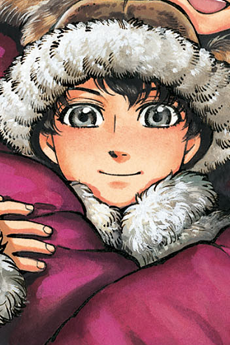
Karluk Eihon
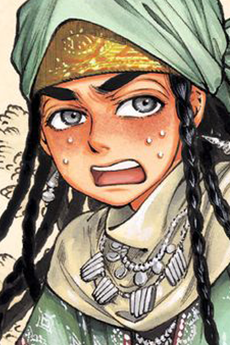
Pariya Togonosh
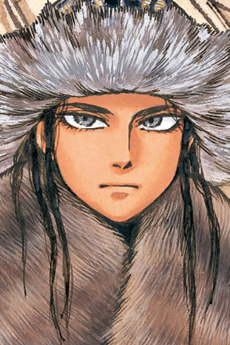
Azel Halgal
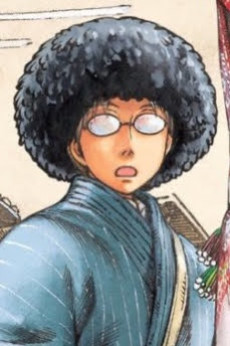
Henry Smith
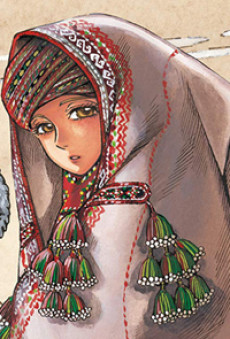
Talas
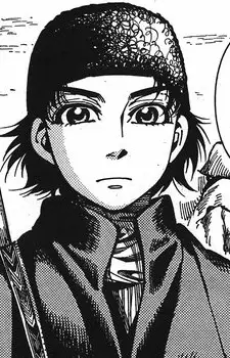
Ali
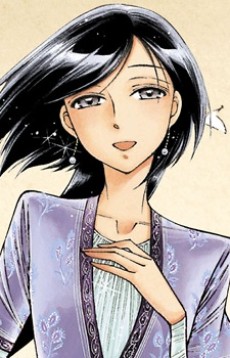
Anis
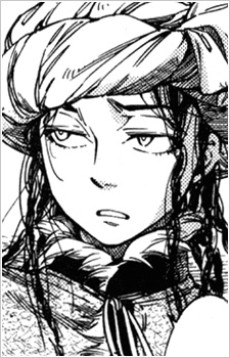
Joruk Halgal
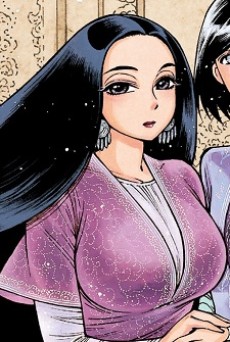
Sherine
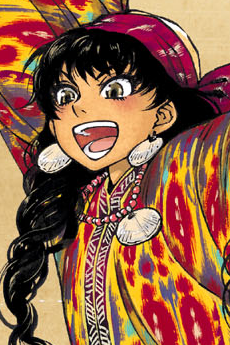
Laila
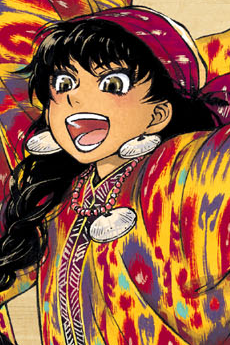
Laili
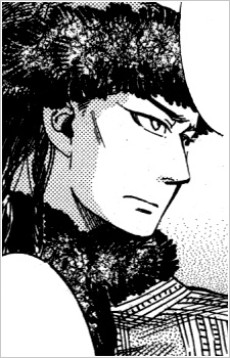
Baimat Halgal
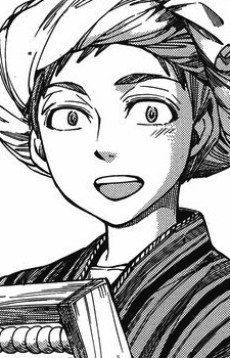
Umar
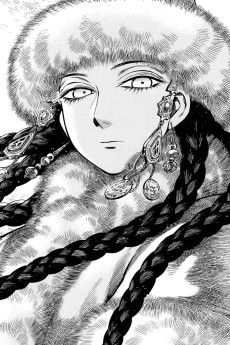
Bekhe Jahan

Rostem
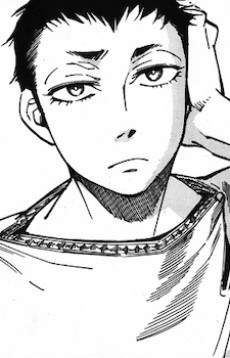
Yusuf
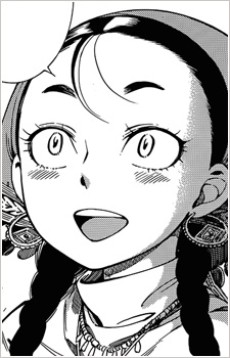
Tileke

Seleke
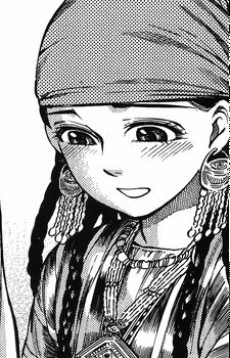
Camora
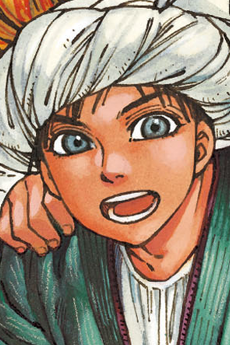
Saahman

Sanira

Akunbek Eihon
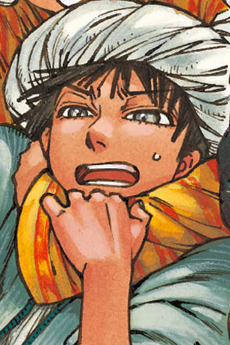
Farsahmi
CHAPTERS
RELATED TO OTOYOMEGATARI
 MANGA ComedySilent Fellows
MANGA ComedySilent FellowsREVIEWS

Krankastel
90/100Mori Kaoru's intermarriage of love, wanderlust, honed skills, deep research and clear vision.Continue on AniListWhen it comes to mangaka, I tend to intuitively differentiate between “virtuosos”, “researchers” and “directors”:
-
The first are highly dexterous be it pencil or digital design, but they might explore themes insufficiently, their ideas and worldbuilding devolving into “rule of cool” and atmosphere. Or their works may lack a concrete goal in mind and seem purposeless.
-
The second take plenty of time to research and even analyse to boost the plausibility of their work, using meticulous details for thematic exploration and to immerse readers to the story’s workings. They may not always be quite skilled artists though, and their works might miss the greater picture.
-
The third tend to be big picture thinkers and plan their narrative carefully. They know what to express and what to stand for. This can be a double-edged sword though for they may neglect vital details, and their writing can have thorns such as mouthpiece characters.
Yes, this distinction is arbitrary. Mangaka are people, and not to be boxed. And it also boils down to factors such as genres and pressure from publishers. Yet, it is not as if I describe an “impossible trinity”. Nothing says a creator cannot excel in drawing, research, and story planning simultaneously.
Nonetheless, it simply takes too much time to master all three, in fact many mangaka have assistants to help with technicalities. And I doubt many are as wholeheartedly devoted to art as to deny other ways to earn a living and boost their meagre incomes. I am not trying to point out a perfect creator exists; instead, I believe the ideal creator is they who achieve perfect balance within their “own framework”. Mori Kaoru is such a creator, and it shows in Otoyomegatari, her passion project.
__[1. Mori the Virtuoso]__ Otoyomegatari is simply put, beautiful. All-round beautiful and drawn by Mori’s own two hands; she does not employ assistants. Her artistic skill translates into meticulous details within character designs, traditional art, animals, there is nothing she cannot depict.

Background work does not falter behind either. Be it cities, natural landscapes, the interior of a bathhouse or a yurt, occasionally I cannot distinguish between key and secondary details. There is also enough food porn to push the reader at storming the fridge for a mid-read snack. Be warned however that there is a little nudity at times, though Mori presents the characters elegantly and thus they never lose their dignity with cheap scenes such as molesting ones.
I believe however the true depth of her artistic skill concerns encapsulation. Occasionally, she may employ calculated usage of blank space rather than fully drawn backgrounds, to make for contrasts with key details. She also toys creatively with panelling (including borderless panels). Some chapters even follow a more “show, don’t tell” approach allowing artwork to do the talk in place of speech bubbles.
__[2. Mori the Researcher]__ Mori takes long breaks from writing not only to rest, but to pile up study material for references. What is even more remarkable though is this influences her writing style as well.
First, it shows in the worldbuilding. The setting is not eyecandy; it is organic, believable and characters are true to their upbringing. Be it the wander lusting Englishman, the hardy nomad, the lonely wife of a Persian merchant or the child husband nobody feels out of place or unrealistically depicted.

Second, it shows in the neutral perspective. Otoyomegatari intends to represent diverse societies of Muslim faith, over whom Mori does not take a stance, she rather displays those societies as they were. This is especially important for multiple reasons: it does not offend people of an Islamic background, does not predispose readers to specific opinions, and allows for authenticity setting-wise.
__[3. Mori the Director]__ This might be more debatable, for I have read criticisms that the story does not seem to lead anywhere at times. I disagree, for I believe Mori knows what she wants to express. Perhaps not to the extent where she plans out everything, but her choices are calculated and not haphazard at all.

The greater picture concerns the Great Game chronologically and the Silk Road topologically. An era of intense antagonism between the Russian and the British Empires for control of trade routes and springboards of strategic importance, this is bound to affect the cast of characters in various ways.
And the Silk Road allows for frequent changes of scenery connected to people from very different walks of life, all tied together in a grand tapestry. The story essentially interchanges between a “zoomed out” perspective (for which the protagonist is the key player) and a “zoomed in”, concerning individual characters and various aspects of their daily life.
Hope you enjoyed my review! -

Hannelore
97/100Love letter to art, culture, and excellence: the MangaContinue on AniListThis review may contain spoilers. All forms of literature seek to express and be able to awaken feelings, emotions, or sensations, these being stated in the work, in form of verse, prose, poem, among others. In the case of manga, not being the exception, it take us to worlds and adventures, awaken feelings and emotions, ignite thoughts. And this is because this is its main goal. Manga, as an art form, another legitimate medium of literature, is versatile and broad, and while certain demographics and genres seem to be all-encompassing and compartmentalize what people often assume what "manga" is about, from time to time gentle breezes do us remember that manga is literature and can be considered as such.
Otoyomegatari (A Bride's Story) is one of those gentle breezes.
Kaoru Mori, considered one of the eminences of the manga world today, is the one who brings us this masterpiece that reminds us that manga is more than what we consume every day, that it can be extremely artistic, educational, literary, flexible and superb. That's the word, superb.
Otoyomegatari brings us a very fresh and rare premise, a historical period drama, in a non-mainstream region, where the culture, traditions and customs of its characters are its main attraction. Because that's what Otoyomegatari goes for, and it does it prodigiously.<center>The StoryThe story is located in Central Asia (mainly today Kazakhstan, Uzbekistan and Turkmenistan), which is already a different point from what we are used to, since this region of the world is little understood and a veil of mystery still weighs on it.
Aside from the location, the story takes place in the middle of the 19th century, and is about Amira, a twenty-year-old Kazakh girl who is married to a twelve-year-old Uzbek boy. The story will flit around this strange couple and how they will face their age difference, their cultural differences, and the times in which they live. All in a very wholesome way.
At the same time, we will see their customs, their traditions, their world, and we will meet more characters who will shape this story of time and space: the English anthropologist/linguist who is in love with the local culture, the neighbourhood, several brides and their respective misadventures, the nomadic tribes of the steppes and an omnipresent enemy, the Russian advance over Central Asia.
All this through a beyond all art.The Art The artwork is on a whole 'nother level. It is, in fact, its main attraction. It's the artistic style that really gives life and shape everything that the author wants to tell and there are few words to express it. It is one of the best artworks I have seen in a long time.
Another highlight is that the author really did her homework and did some great research on the peoples she deals with in her story, this is evidenced in her wonderful art and aesthetics. This point is important because the reader comes to know that what we read is legitimate, not half-made-up speculations of the author that is not really interested in the culture of the characters.
Criticism Now, a lot of the criticism that I hear about this wonderful story is that despite the gorgeous art, the story doesn't seem to come to anything, it's slow, and it doesn't seem to have an overall plot. I totally disagree. The story has a course and a point to reach, it has narrative, subplots, development, and a mayor distant enemy, what gives the false impression of no plot is the slice of life kind of pace. But the thing is that the story is not interested in giving you peaks of emotion, it does not need to, it does it when necessary, it flows beautifully at its own pace and in the end, it’s not that the story is boring or slow or does not have an ultimate plot, it's just not your kind of story. The reader's expectation unfortunately plays against many times at this point. Other criticisms that I heard is that, although the reader already gets an idea of the type of culture and place where the story takes place, everything really feels in a timeless space, without context. I think readers who only read the first chapters will feel that way, but if you continue the story, it is easy to guess that it's the 19th century, taking also as a reference that the Crimean War is over, that the Russian Empire is advancing on Central Asia and that the British Empire is also on the prowl. Taking these data, we know that they are the times of the Great Game, which was basically the cold war between the Russians and the British for the dominance of Central Asia. So, the readers are well informed and located in time and space. I will not take my own criticisms into consideration as the manga is not over and I don't think it's fair to rush.Conclusion So if you like new and refreshing stories, history and culture, travel through time, old-fashion tropes, and good vibes in general, you should read Otoyomegatari.

baba13
100/100A love letter to 19th Century Asia, a thorough exploration of culture and work of genius.Continue on AniListA Bride's Story is a series, I’ve been actively following for years. Honestly haven’t seen too much discussion for it, so I thought it is the perfect time for a review.
Background
Firstly, the visionary behind it all, Kaoru Mori. She is primarily known for the Historical Fiction series Emma (& A Bride’s Story, her magnum opus). Which takes place in 19th-century London following a life of a maid. She is known for being very detailed orientated. Ranging from the depiction of period-accurate clothing to historical depictions of tools and interweaving historical events into all of this, to make an authentic experience. Whenever you just read a volume from her, even if it’s not your taste, you are transported into that 19th century time period, it almost feels like a time capsule of that era. She is a critically acclaimed author, in 2012, she received a French award "Prix intergénérations du festival d’Angoulême" for “A Bride’s Story". Furthermore, she has won many Japanese awards for this manga. I just wanted to give that preface because I feel like it’s important to learn that aspect.
Introduction
Mori's attention to detail almost has no rival. Sure, there are many authors that depict the 19th century with immense detail, no one has pulled it off like her. Fundamentally what she executes masterfully, is the depiction of culture. I’ve honestly learnt a lot about nomads because of this work of art. Seeing the various cultures and traditions within the Nomad’s lifestyle is brilliant. The backdrop of the manga is set in a rural town near the Caspian Sea during the Russian conquest of Central Asia in the late 19th century. So yes, occasionally, there is some serious drama because of this backdrop.
I would admit I was a tad sceptical trying this manga because of the premise of a 20-year woman being married to a kid who is 12 years old, in the beginning. It’s a major cultural shift (compared to us) and what the times were back then, in terms of this aspect of life. But honestly, the execution is brilliant. You are probably curious why this only have 101 chapters (14 volumes) despite being ongoing since 2008. It’s unorthodox in terms of manga to take this long, but the main reason is research. She is continuously travelling at least once a year and she doesn’t take this component lightly. She wants to be very versed in a subject before exploring it in the manga, and honestly, it shows. Furthermore, with the amount of detail portrayed in a given chapter, it makes sense why it's such a long process.
Panel Work
The art of the manga is super immersive, not just in terms of detail, but her panel work. I stated in my prior reviews, and this is no different because this is an art form, that not many people take into consideration. She understands how to use the medium to convey maximum impact. From emotional depictions of characters, awe-inspiring landscape shots, to intimidate moments and conveying movement. I can't stress it enough she is a master of her craft.
Slice of Life
If you don't like a slice of life, this might be harder to recommend. because of this manga is the depiction of this culture within the span of a certain time. thankfully one of my favourite genres, so I loved it. The last manga I can recall that depicts Slice of Life this good would be Yotsuba.
Characters
Honestly, they are a joy, sure they are not the most psychologically deep, but I don’t think it needs to be. In terms of what she intended to convey she has done it masterfully. She doesn't brush this aside, but she doesn't like leaning too much on the dirty aspects of humanity. There are some characters who are somewhat morally grey, but generally, they are good people.
Conclusion
Well, this manga is a masterpiece and is a classic in the making ( if it isn't already). I say don't worry too much about the release schedule, despite not updating super frequently, she takes her job seriously. In terms of cliffhangers, again don't worry because this is more of a slice of life, you don't have to worry too much about the next chapter. Not to say there is none, but nothing significant that makes it not worth reading ongoing.
SIMILAR MANGAS YOU MAY LIKE
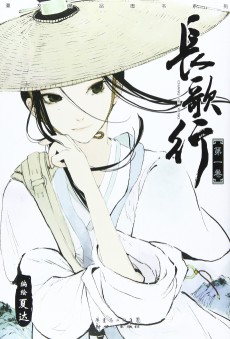 MANGA ActionChang Ge Xing
MANGA ActionChang Ge Xing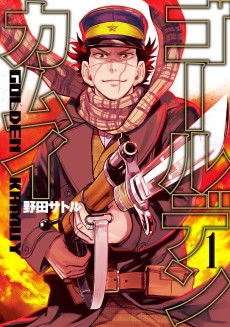 MANGA ActionGolden Kamuy
MANGA ActionGolden Kamuy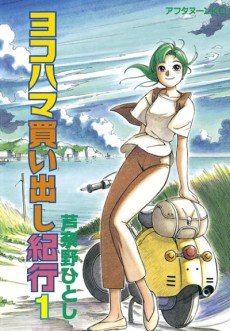 MANGA Sci-FiYokohama Kaidashi Kikou
MANGA Sci-FiYokohama Kaidashi Kikou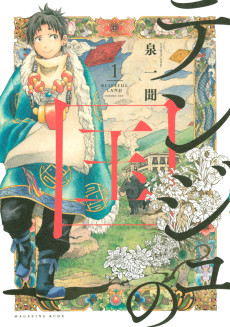 MANGA RomanceTenju no Kuni
MANGA RomanceTenju no Kuni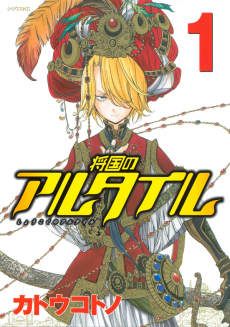 MANGA AdventureShoukoku no Altair
MANGA AdventureShoukoku no Altair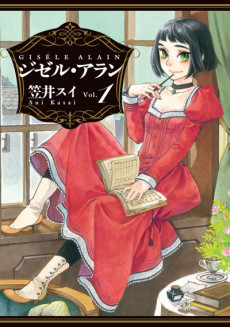 MANGA Slice of LifeGisèle Alain
MANGA Slice of LifeGisèle Alain
SCORE
- (4.25/5)
TRAILER
MORE INFO
Trending Level 1
Favorited by 1,364 Users


